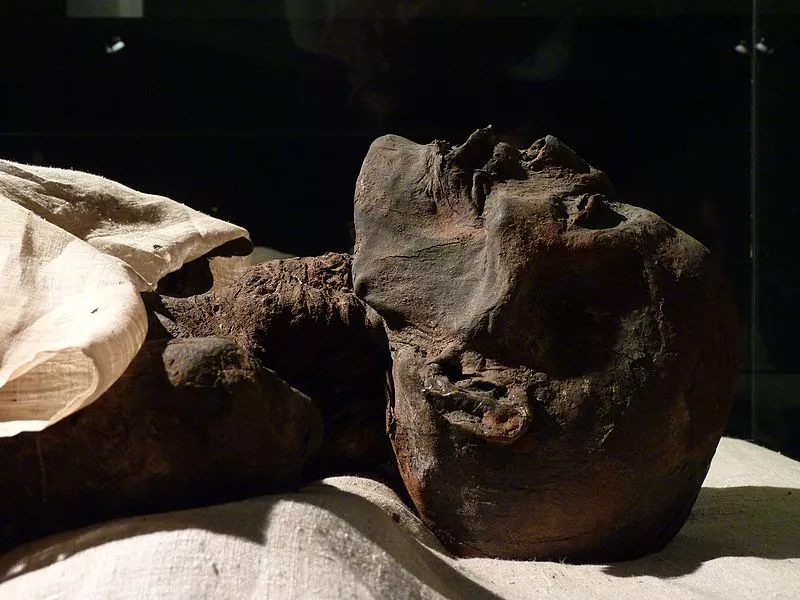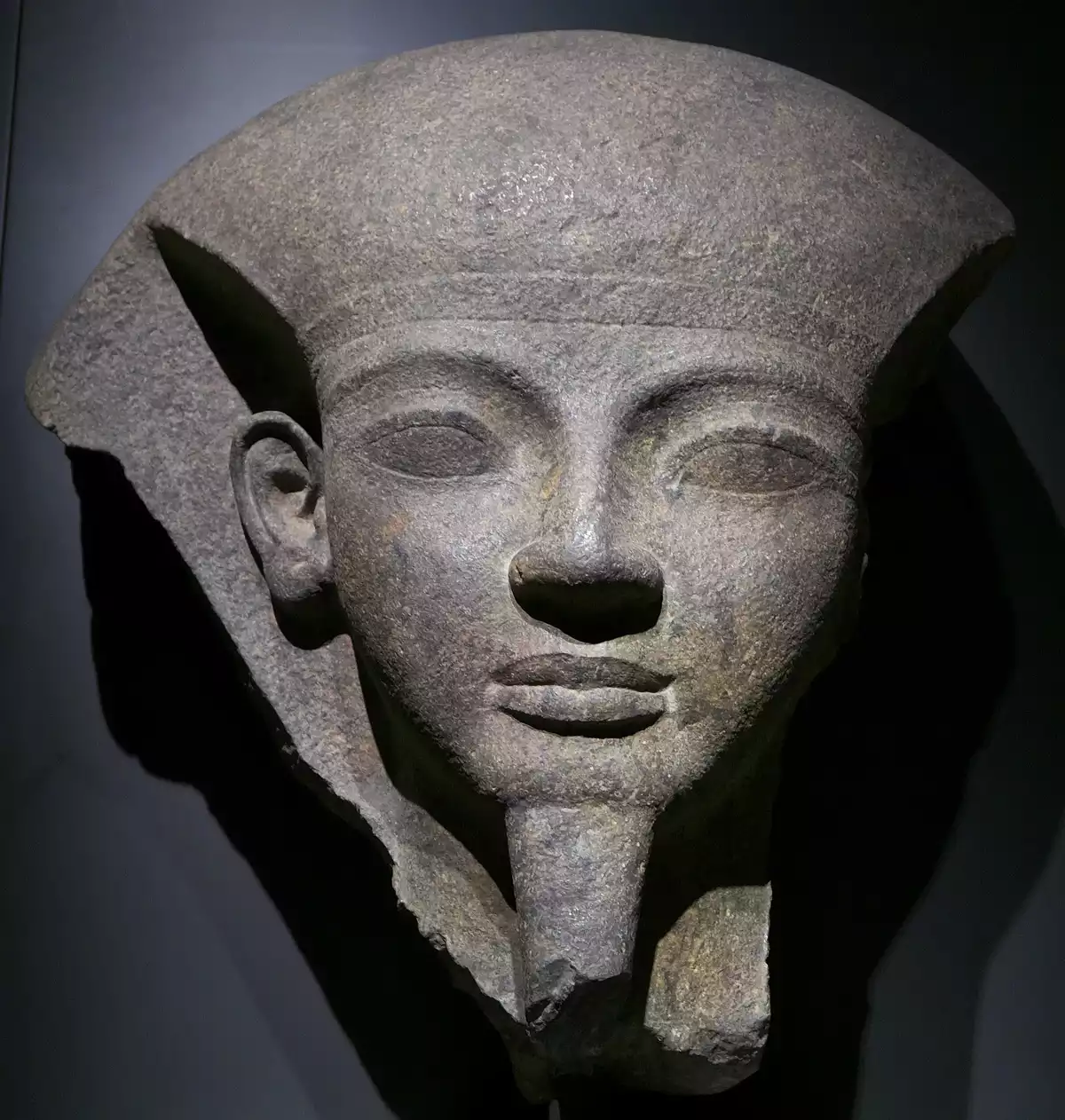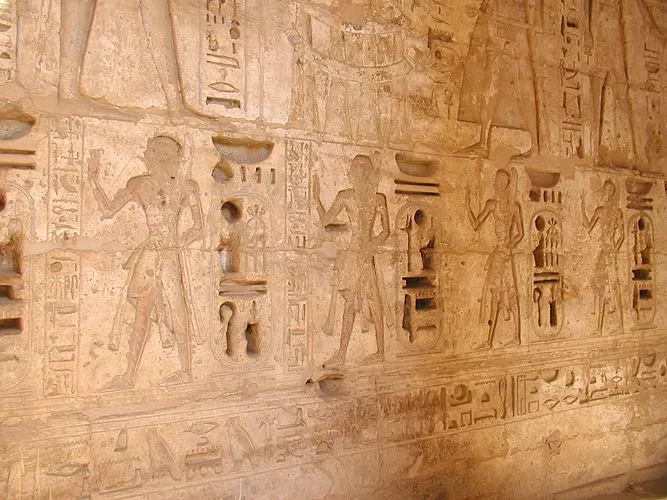An Introduction The Tomb Of Ramesses III

The tomb of Ramesses III, designated as KV 11, is a complex system in the Valley of the Kings. It has been known since antiquity and was explored for the first time in the modern era in 1768 by James Bruce. The tomb was referred to as the Tomb of the Harpists by Belzoni, who removed the lid and the coffin. He used that name due to the bas-relief representation of two blind harpists. Meanwhile, European explorers named it Bruce's tomb after James Bruce.
About The Tomb KV 11
The tomb of Ramesses III is 125 meters long and follows a similar plan as the other tombs of the 19th Dynasty. However, unusual annexes can still be seen here. A stairway from the entrance ends in the first corridor with an annex on both sides. The first corridor leads to a second corridor with four annexes on both sides. The second corridor then ends with a dead-end room and a third corridor on the right side. The axis change was due to the limited space available because of the Amenemesses tomb. Up to this part, where the axis changed, the tomb was built for Setnakht, who stopped work from here. From here, Ramesses III continued work according to his liking.
Decorations Of KV 11
The tomb is beautifully decorated with grand, vivid colors. The walls inside the tomb are decorated with text from the Litany of Ra, Imydwat, Book of Gates, Opening the Mouth ritual, Book of the Earth, and Heavenly Cow, as well as scenes of the king paying homage to various deities. Also found were unique representations in the subsidiary chambers showing food preparation and provision, illustrations of Book of the Dead spells, and burial equipment. The unusual scenes on the side chambers are a remarkable feature of this tomb.
The burial chamber of Ramesses III's tomb is an eight-pillared hall inside which was found the red quartzite sarcophagus. The chamber was decorated with text from the Book of Gates, the Book of the Eart,h and divine scenes. After this, another set of annexes was decorated with the Book of the Gates.
The Excavation
The coffin of Ramesses III was initially intended as the outer container for Seti II, and the wooden trough of the innermost coffin of Ramesses III was discovered in the royal cache of KV35. However, the king's mummy was found along with others in the cache DB320 at Deir el-Bahari in a massive mummy case of Queen Ahmes-Nefertari.
Entrance To The Tomb
KV11 is currently open to the public. Tickets to visit three tombs at the Valley of the Kings cost EGP 25 and can be bought at the gate. Photography inside the tombs is strictly prohibited and can incur a heavy financial penalty.
















